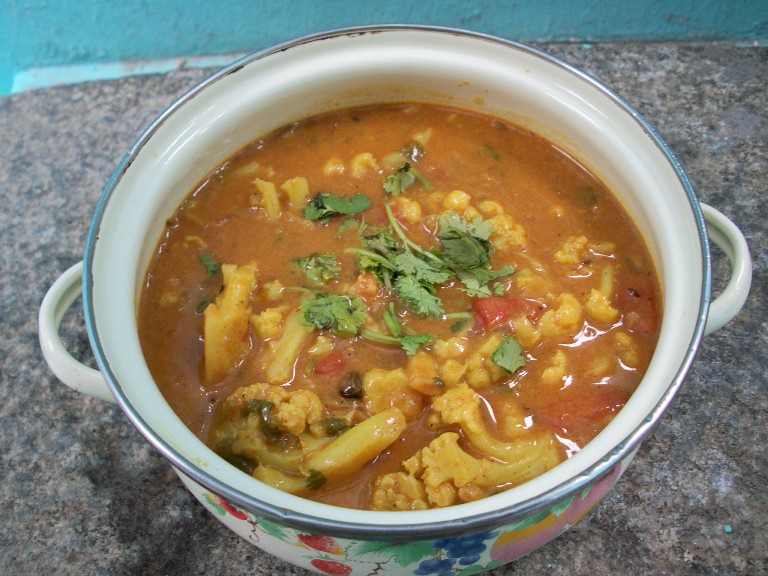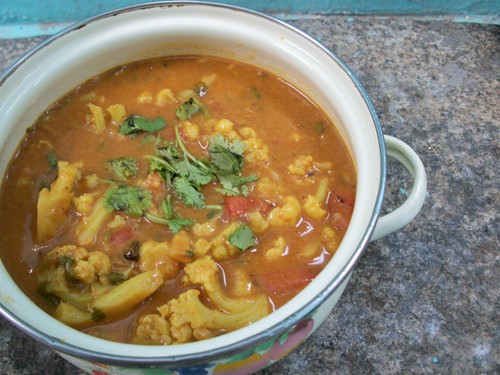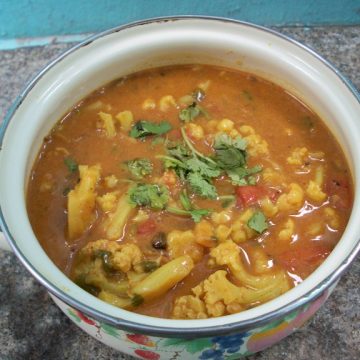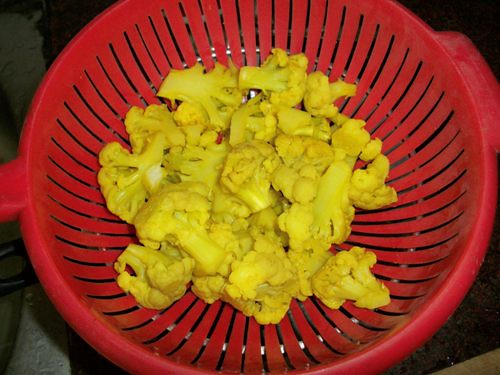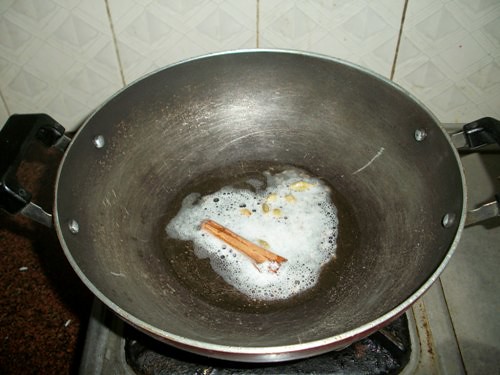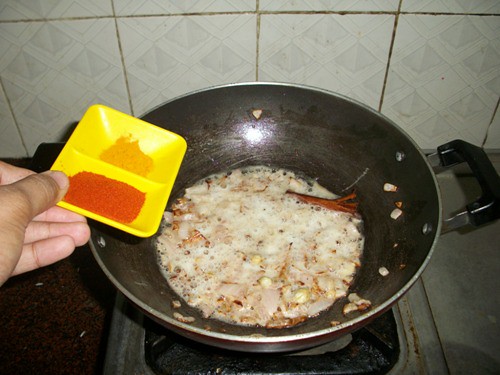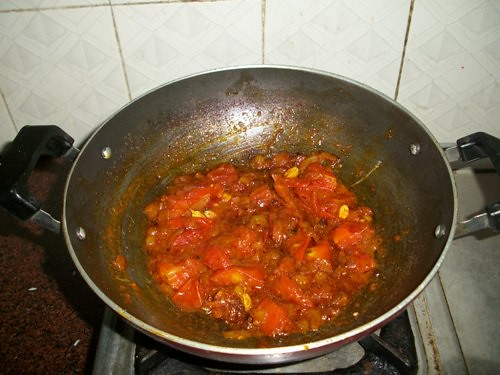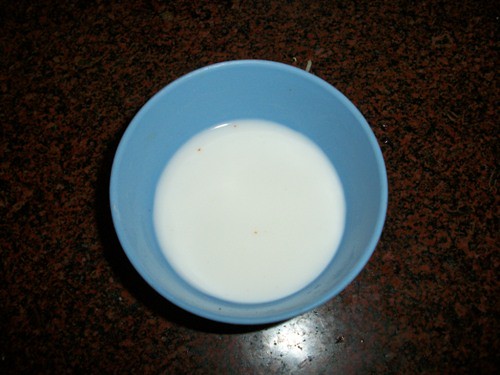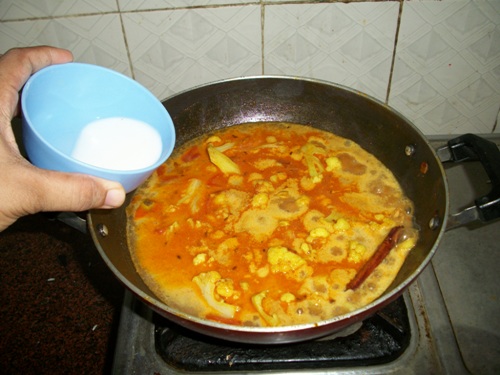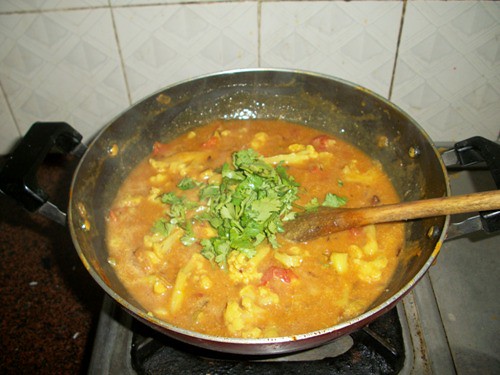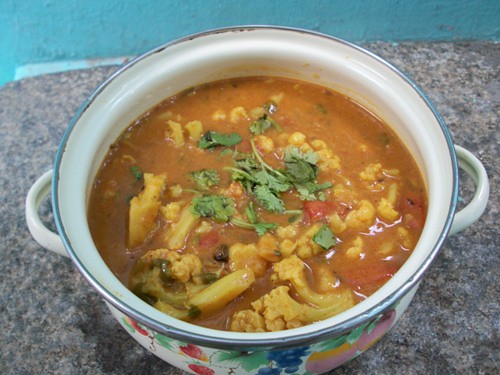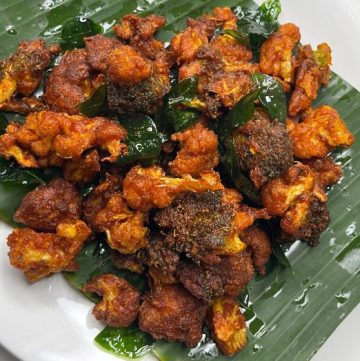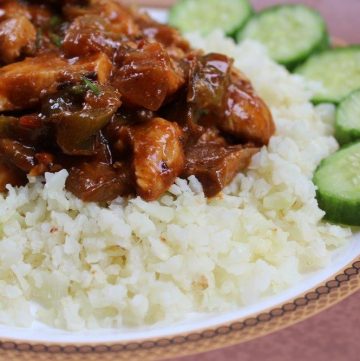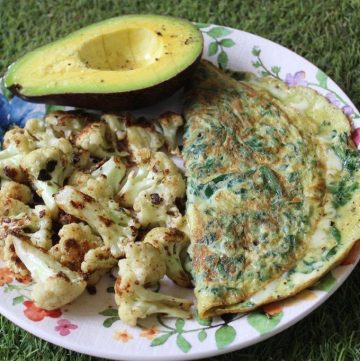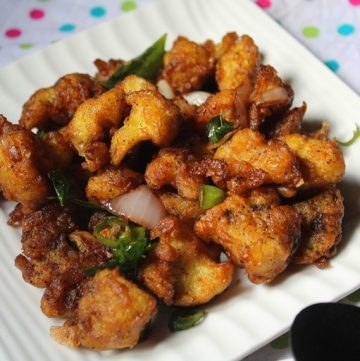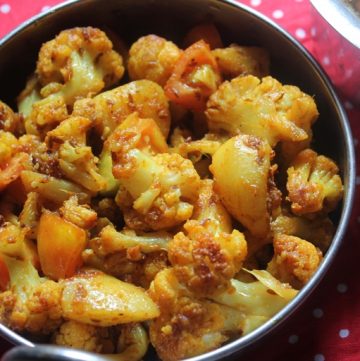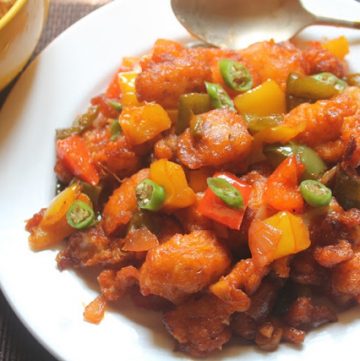I love gobi in anything, i make dishes with that often from pulav to fries. It is my absolute favorite and my total family loves it. Now talking about this kurma, it is so easy to make and goes so well with roti or rice. They require simple ingredient but the taste is so good.
About Cauliflower Kurma Recipe
A South Asian dish called Kurma or korma or qorma is a tasty dish with a gravy or sauce base that is popular both in India and Central Asia. A specialty of Mughlai cooking is korma. The region from which the Korma recipe is derived determines the base gravy or sauce. If you have any questions not covered in this post and if you need help, leave me a comment or mail me @[email protected] and I’ll help as soon as I can.
Cauliflower
Over the years, cauliflower has been selectively bred to develop a generally nutty and almost sweet flavour. Due to this, it is a desirable vegetable to consume and serve.
Turmeric Powder
The turmeric root is quite bitter, but has an almost citrusy taste, compared to the powder. Turmeric also has something of a sweet taste, and it is quite earthy. When you use the powder, you’re unlikely to notice the texture unless you use a substantial amount, but it is somewhat gritty. Follow me on Instagram, Facebook,Pinterest ,Youtube and Twitter for more Yummy Tummy inspiration.
IF YOU MAKE THIS RECIPE OR ANYTHING FROM YUMMY TUMMY, MAKE SURE TO POST IT AND TAG ME SO I CAN SEE ALL OF YOUR CREATIONS!! #YUMMYTUMMYAARTHI AND @YUMMYTUMMYAARTHI ON INSTAGRAM!
📖 Recipe Card
Cauliflower Kurma Recipe Step by Step Pictures
Frequently Asked questions
Is korma actually Indian?
The Mughlai cuisine of the Indian subcontinent is where korma first appeared. It dates to the 16th century and the Mughal incursions into the area, making it a typical Mughal dish. Cauliflower kurma is made from cauliflower, peas, coconut, nuts, spices, and herbs. This warming side dish, which is lightly spiced and flavorful, is absolutely delicious.
Why cauliflower is called Gobi?
The Mongol language’s word for a barren desert is gobi, which Europeans corrupted into cobi. However, the majority of the land was covered in low grass, gravel, or scrub, giving rise to the general name “gobi,” which in Mongolian means “stony desert.”
